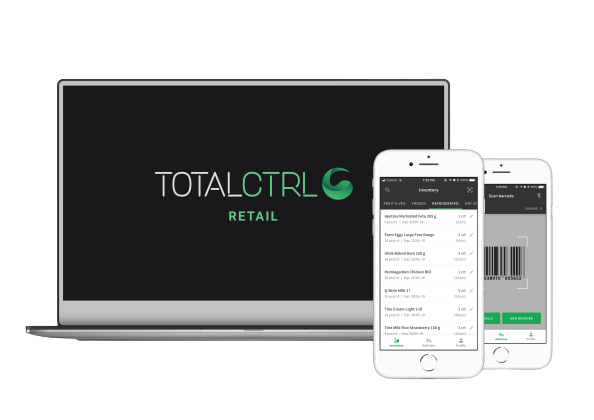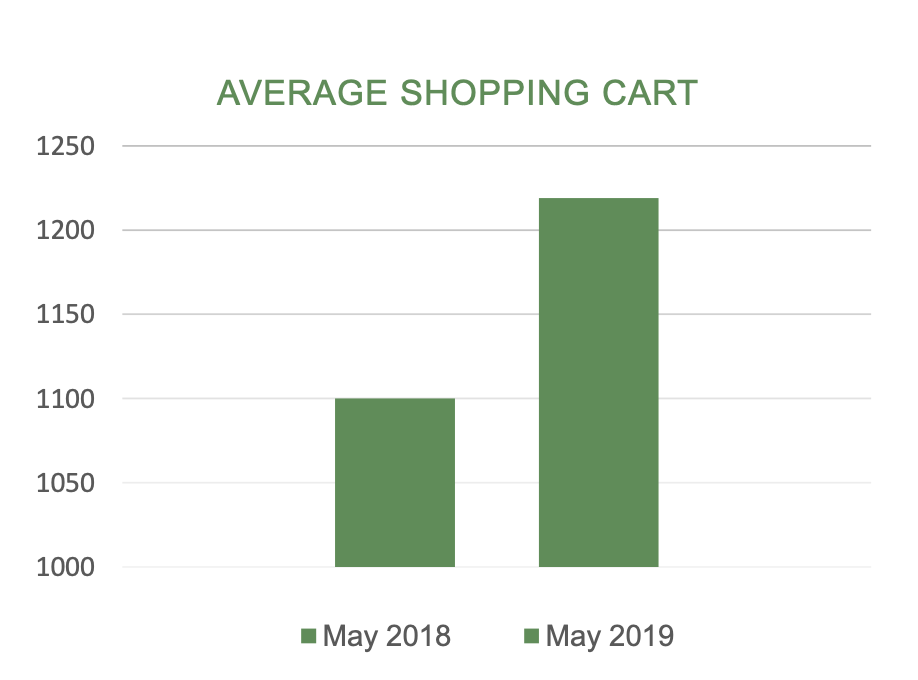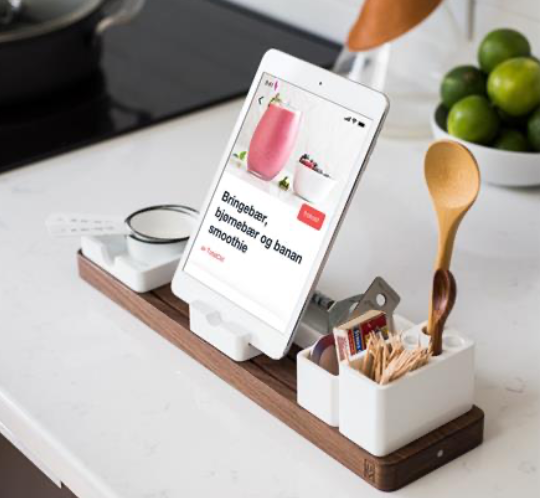Matsentralen Oslo is the Oslo branch of Matsentralen, a Norwegian food bank network that aims to fight food waste. Matsentralen Oslo receives food from 50 suppliers. It then distributes this food to more than 120 hunger relief charities in Oslo. In 2017, they redistributed 1270 tonnes of food, which is equal to 2.5 million meals.
A large quantity of food inventory, however, came with challenges in recording inventory accurately and quickly. All their processes were manual and required excessive paperwork.
We saw this as an opportunity for joint value-creation. TotalCtrl created two applications specifically for Matsentralen Oslo. They served as our pilot customer for our inventory solution for food banks.
For Matsentralen Oslo, this reduced time spent on inventory management. Further, it led to significant food waste savings.
Moving From Pen & Paper to Digital
Before using TotalCtrl’s solution, Matsentralen Oslo recorded food donations on paper without details. They didn’t specify the exact amount, weight, and brand of food they received.
Charities determined the number of designated products during checkout by weighing each pallet and recording its weight. They disregarded the contents of the pallet.
All transactions were manually recorded in Microsoft Excel by one employee. Thus, inventory management had many inaccuracies across its entire process.
The food waste management system was also faulty. Matsentralen Oslo had to keep many food products in their inventory to satisfy demand. However, most foods have a limited shelf life.
Thus, they had to get rid of their inventory before food expired to avoid food waste. Sometimes, the fluctuating nature of demand did not accommodate this.
The main challenges at Matsentralen Oslo can be boiled down to:
- Inaccuracies in recording inventory
- Manual distribution and record-keeping processes
- Wasted time
- Unpredictable supply and demand
By collaborating with TotalCtrl, Matsentralen Oslo was able to digitize its inventory management system, saving time and money.
TotalCtrl’s Food Bank Solution For Matsentralen Oslo
To address inventory management challenges across the entire supply chain, we created two digital applications, one for Matsentralen Oslo and one for the charities.
The Matsentralen app helped add products to inventory through scanning or manually. This gave Matsentralen an accurate and holistic view of their inventory. Matsentralen also had access to a web dashboard, where they could edit information on charities and suppliers and download data in the form of a spreadsheet.
The charity app allowed charities to view Matsentralen’s full inventory before visiting the warehouse. Charity employees and volunteers added items placed in inventory by Matsentralen Oslo into the charity’s own shopping cart when they picked them up. Thus, the products were automatically deducted from Matsentralen’s inventory, thus digitizing the entire process.
Matsentralen Oslo Saved Time and Money
Digitizing their entire inventory benefited Matsentralen in several ways. Thanks to TotalCtrl, they could:
- Record their inventory with precision
- Save €1,781 (NOK 17,700) each year in manual time
- Allow charities to browse their inventory and select products digitally
- Identify trends of supply and demand based on collected data
- Insert expiration dates for the products in inventory
- Save 1,428 tonnes of food, which is equivalent to 2,856,000 more meals, and 4,284 tonnes of CO2 each year
- Save €1,317 (NOK 13,100) in paper expenditure each year.
The solution had an initial set up fee of €3999 and a monthly fee of €39. Thus, the investment pays for itself in less than a two-year time.
TotalCtrl Can Help Make Food Banks Waste-Free
“As a result of the high number of products and a great deal of manual handling of the inventory, we contacted TotalCtrl for assistance with the automation of processes.”
Cristiano Aubert. CEO, Matsentralen Oslo
The food banks’ solution can easily be implemented in other Matsentralens in Norway. The challenges food banks face are similar and the TotalCtrl solution can help digitize their inventories. By moving from manual handling of goods to digital control and automation, all food banks can save time, money, and help with the fight against food waste.




